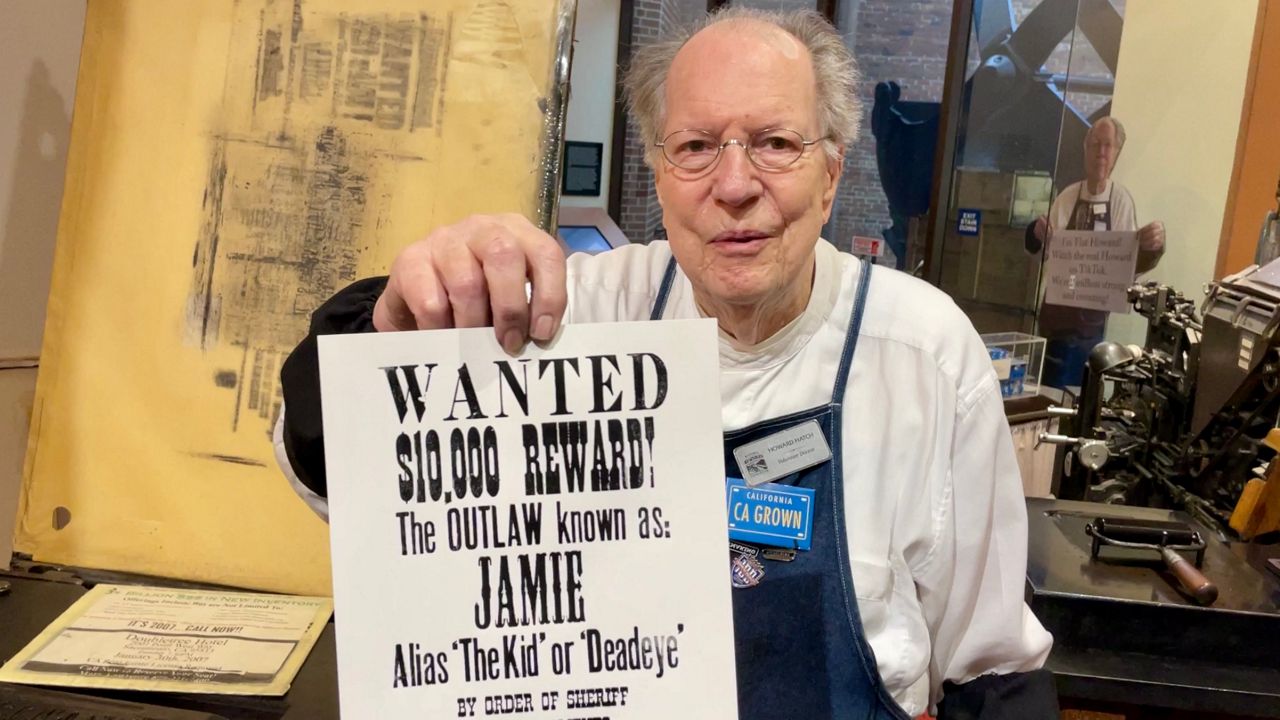This week's best things
The social media success of the Sacramento History Museum, the design of the Angostura bitters label, AI font pairing, the impact of generational communication preferences, the battlefields of Ukraine are the world's biggest R&D lab, the early internet, and Christopher Tin.

A California history museum is creating a big stir on social media
When I interviewed Haydn Corrodus on the Digital Works Podcast, I asked him for some examples of cultural organisations that were doing good and interesting things with social media.
He immediately cited the work of the Sacramento History Museum.
This news article looks into the phenomenal results they've achieved, including an interview with their star attraction, retired volunteer, Howard Hatch.
""I just don't get it. You know what the attraction is?" Hatch said."

Have you ever seen a bottle of Angostura bitters and wondered why the label looks too big?
I enjoyed this thread (on Threads) from Abraham Piper explaining the history behind the slightly odd, over-sized design of the Angostura bitters label.

Monotype's Font Connection - what is your typographic soulmate?
A neatly executed Valentine's Day thing from font foundry, Monotype, which is actually about font-pairing and a demonstration of Monotype's "AI pairing engine".

The Slack generation can’t communicate with the email generation. Why more platforms are dividing the workplace
An interesting piece in FastCompany looking at how inter-generational differences in communication styles and preferences are being exacerbated by the shift to more remote working, and the accompanying proliferation of communication platforms.
"while 86% prefer communicating via email, nearly 90% say that mode of communication is most likely to cause misunderstandings [...] Effective communication is not a one-size-fits-all solution in today’s modern, digital workplace,” says Johnson. “You have to have an understanding of the demographic preferences, you have to consider what type of information you’re communicating, the urgency of the message, the context of the message; all of these are key factors when deciding on the mode of communication.”"
How Tech Giants Turned Ukraine Into an AI War Lab
An article in Time that offers a fascinating and scary insight into how companies like Palantir (and many others) are using the battlefields of Ukraine as "laboratories for the latest military technologies".
"If the future of warfare is being beta tested on the ground in Ukraine, the results will have global ramifications. In conflicts waged with software and AI, where more military decisions are likely to be handed off to algorithms, tech companies stand to wield outsize power as independent actors. The ones willing to move fast and flout legal, ethical, or regulatory norms could make the biggest breakthroughs."

Coming of Age at the Dawn of the Social Internet
Another one of the 'internet ain't what it used to be' articles I'm so fond of sharing.
But this is a good read which contains some lovely reflections on the role of the internet in the lives of the generation who 'came of age' as it matured. And it poses some interesting questions about the direction the internet is heading in, and the things we might be losing in the process.
It also does a good job of reminding you just how different the whole state of 'being online' was in the late-90s/early-00s compared with the 2020s.
"Being online wasn’t yet a default state of existence. You were either present on AIM, immersed in real time, or you weren’t."

Christopher Tin: Live at Cadogan Hall - Waloyo Yamoni
I first encountered this performance via an almost completely context-free clip on Instagram.
It was a small snippet of Jimmer Bolden singing, and it made the hair on the back of my neck stand on end.
After a bit of sleuthing I tracked down that it was from a composition by Christopher Tin, and that there was this video of a fantastic performance from Cadogan Hall.
The language being sung is Seb Lango, which is spoken by Uganda’s Lango people. And the lyrics are from an old Lango rainmaking prayer (thanks to Nancy Kacungira - and replies - for the explanation).
Anyway, watch it. I think it is total joy, total magic. The comments on YouTube are a (mostly) really lovely read, e.g. "I am a luo from kenya and as an ethnomusicologist this composition is a cocktail of everything i want to feel and hear. I enjoyed every repeat."
If you enjoyed that, then this performance of Tin's Baba Yetu at Llangollen is also well worth a watch.


